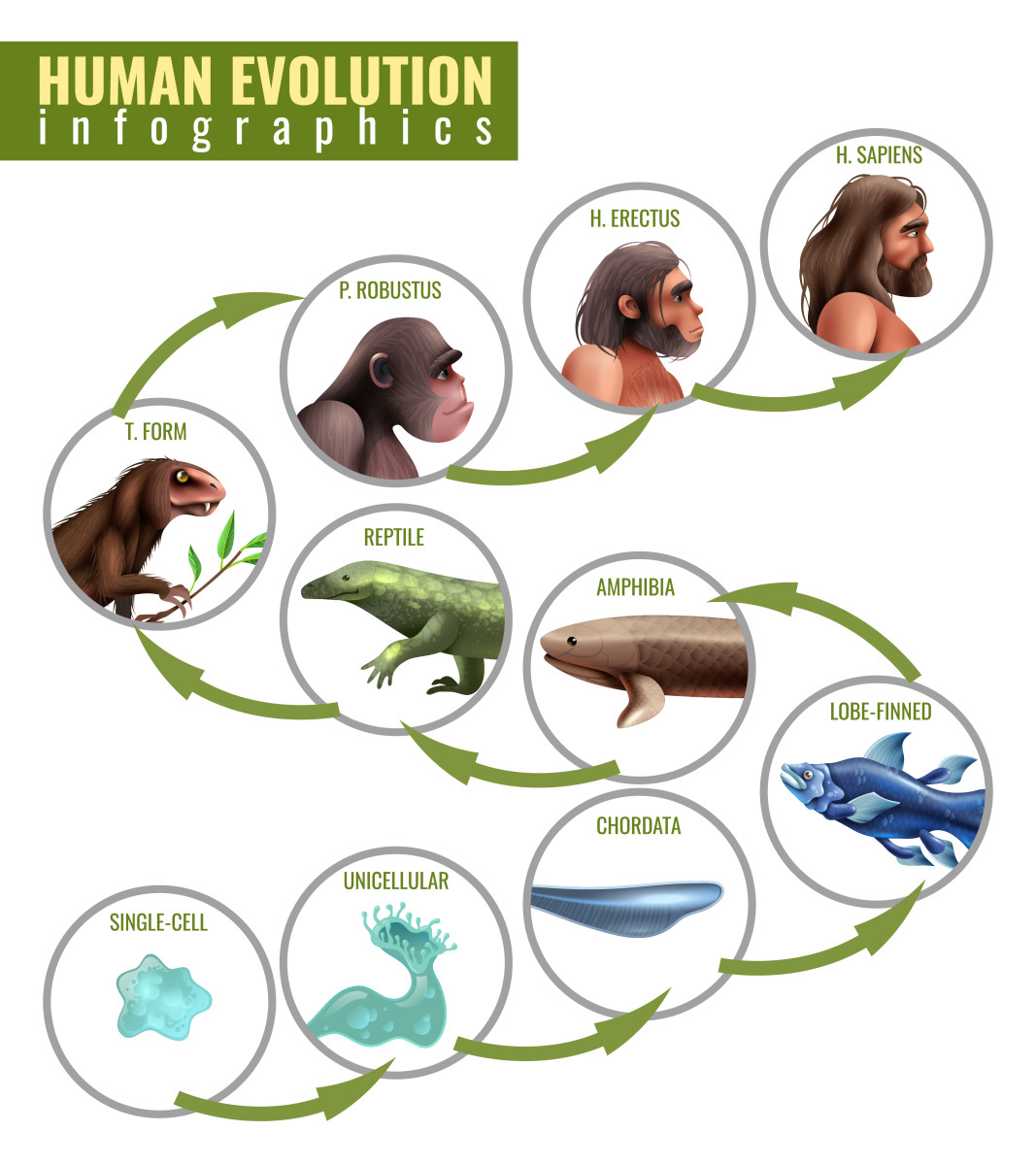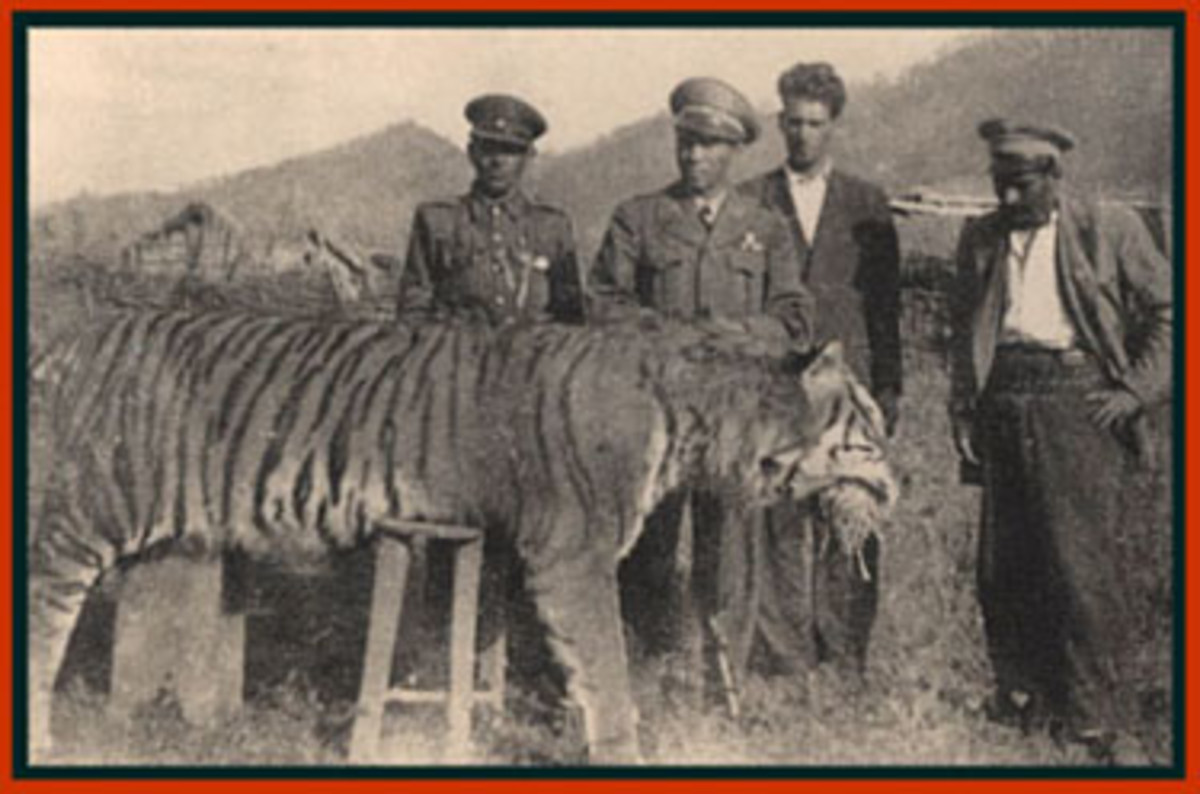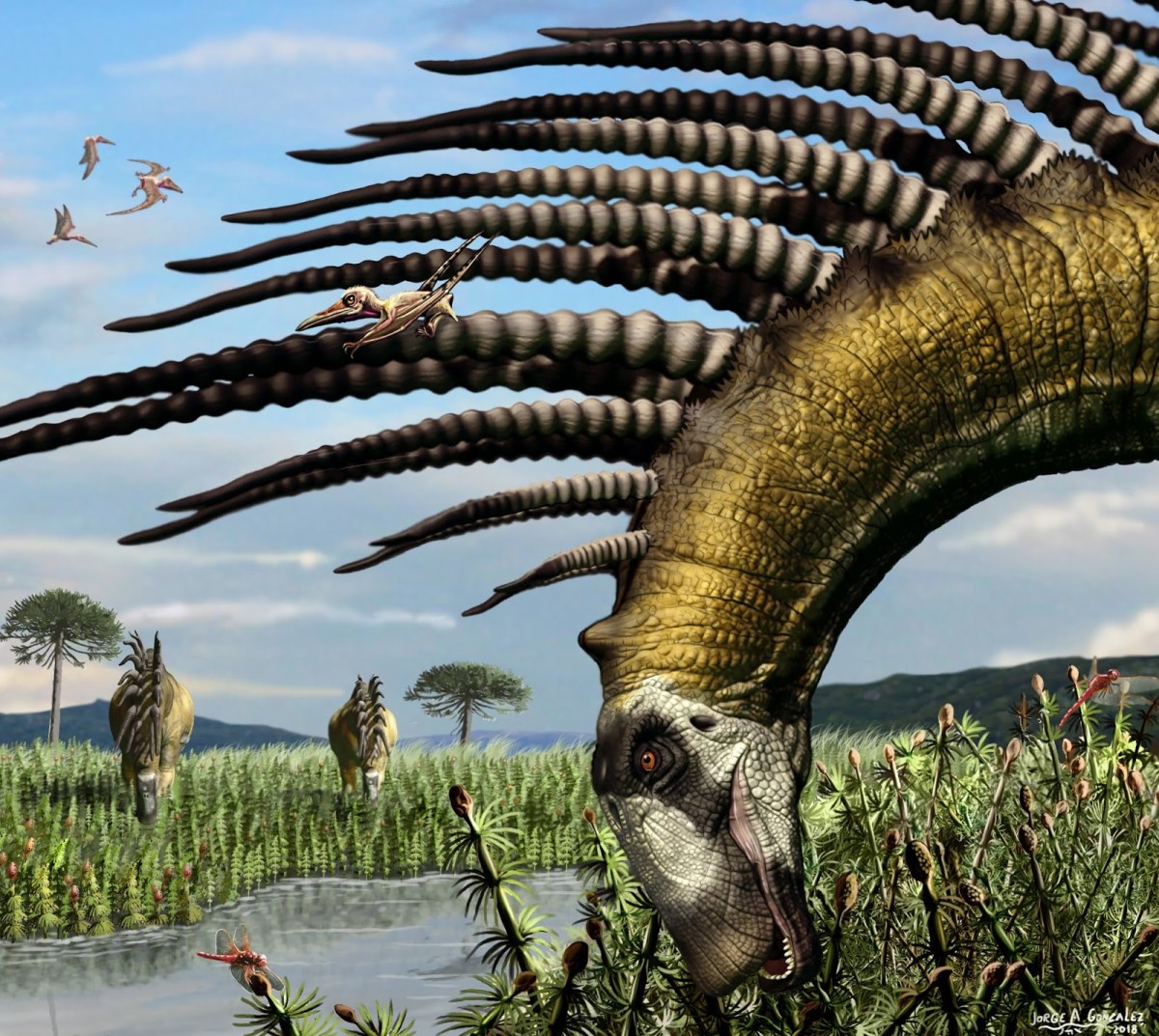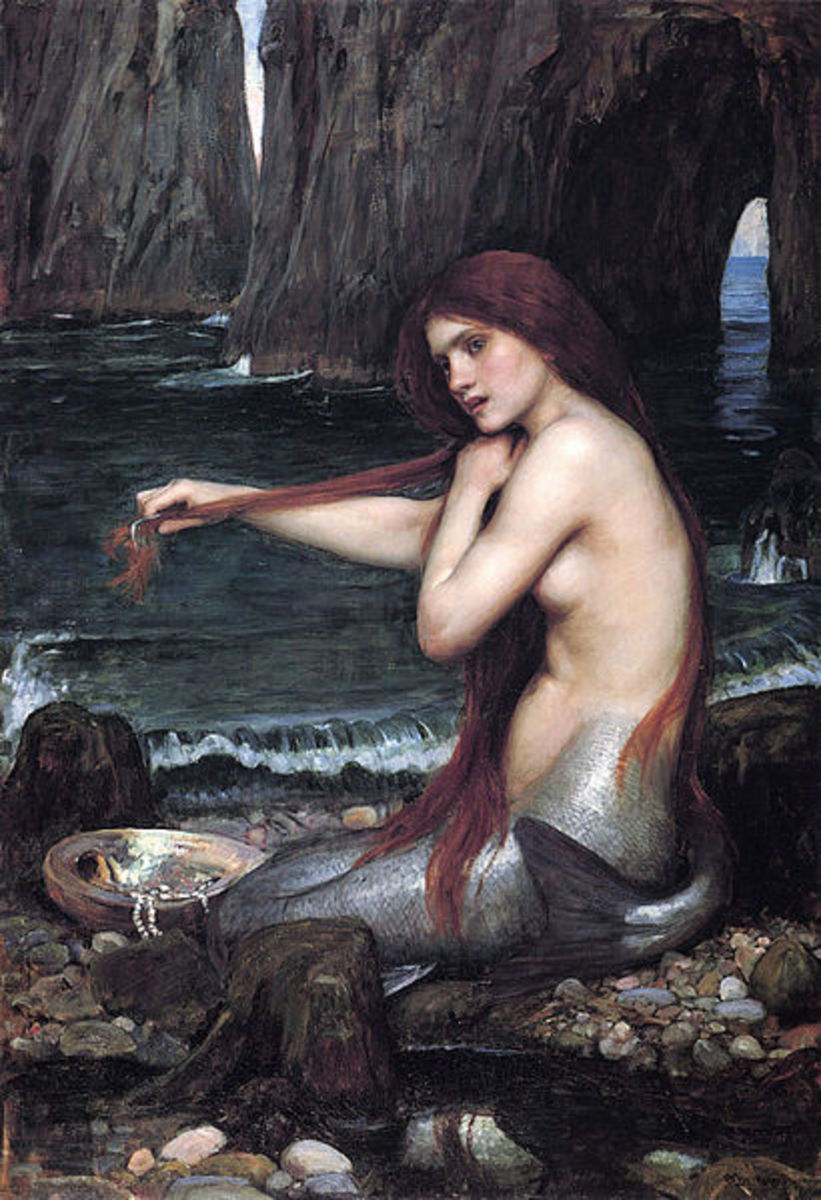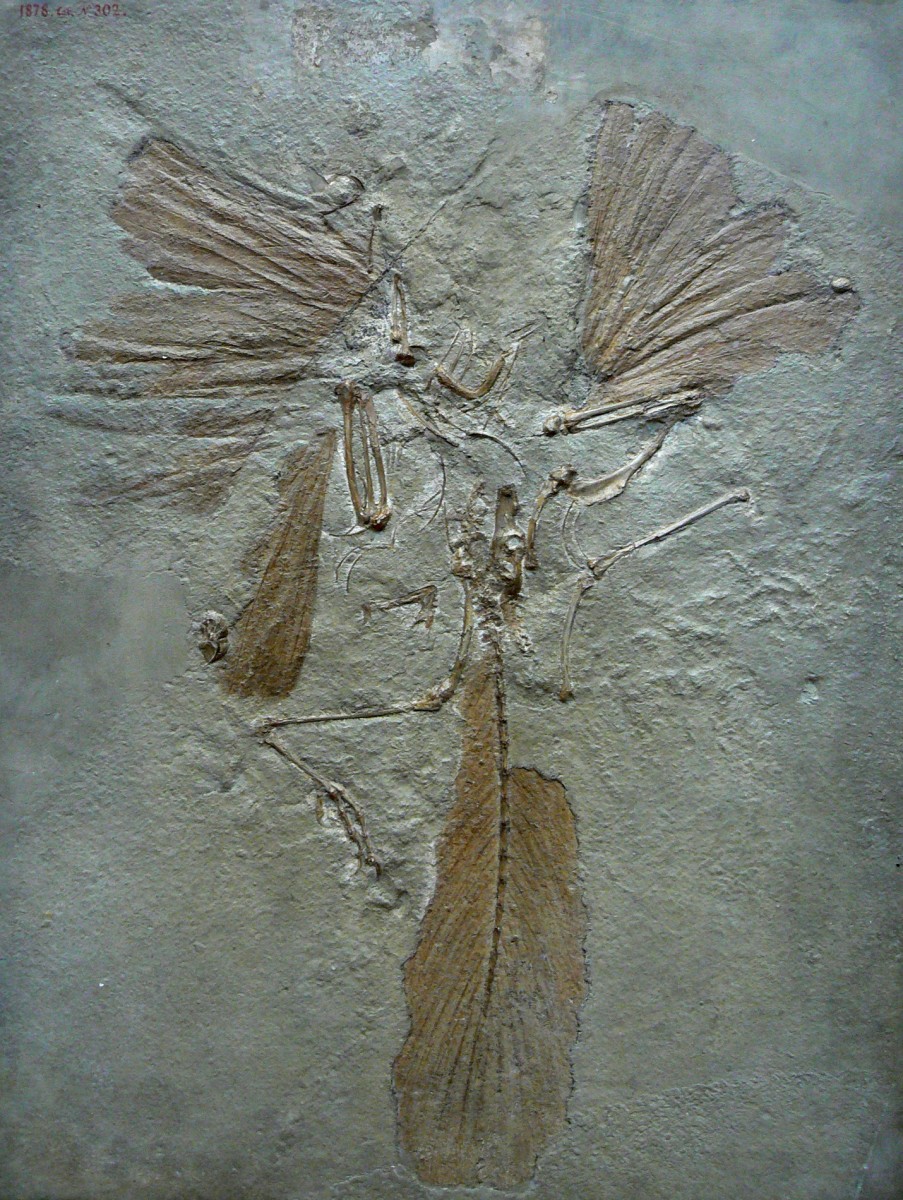Future Evolution: 30 Million Years AD
The Expanding Atlantic
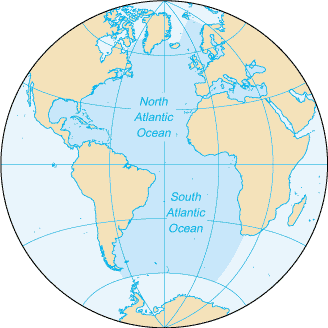
Continental Animation
The Future Of Continental Drift
- Earth History
This website shows the position of the continents in the distant past...but also in the distant future. Extremely interesting content.
The Age Of The Atlantic
Thirty million years have elapsed since the age of man came to a dramatic end, and we have arrived at a time that might have been called the Age of Atlantic. The short reign of man had done nothing to slow the continents’ chthonic dance. The aforementioned great ocean, born as a crack in the former Pangaean supercontinent over two hundred million years before, was continuing to widen, as new sea beds erupted constantly along the line of the mid-ocean ridge.
The Americas had drifted westwards, and South America had broken away from the North to resume its interrupted career as an island continent. Meanwhile the cluster of continents around Asia had drifted east, so that the Pacific was slowly closing up. Alaska had reached out to Asia, rebuilding the Bering Strait Bridge that had been constantly been made and re-made by numerous Ice Age glaciations.
There had been tremendous, protracted collisions. Australia had drifted north until it had rammed itself into southern Asia, and Africa had crashed into southern Europe. It was as if the continents were crowding into the northern hemisphere, leaving the south abandoned save for lonely, ice covered Antarctica. But Africa itself had fragmented; as the mighty wound of the ancient Rift Valley had deepened.
Where continents met, new mountain ranges were raised. Where the Mediterranean had been there was now a mighty mountain range that reached eastward towards the Himalayas. It was the final extinction of the ancient Tethys Sea, which had once spanned the globe, separating the two ancient continents of Laurasia and Gondwana. All archaeological traces of Rome had been destroyed; the fossils of emperors and slaves alike had been crushed, melted and literally compressed into the Earth itself. But while mountains were built, others evaporated like dew. The Himalayas, once the largest mountain range on Earth, were gone now, eroded over millions of years to stumps, which opened up new migration routes between India and the rest of Asia.
Meanwhile the Earth, left to its own devices, had deployed a variety of healing mechanisms, physical, chemical, biological and geological, to recover from the devastating interventions of its human inhabitants. Air pollutants had been broken up by sunlight and dispersed. Bog ore had absorbed much metallic waste. Vegetation had recolonized abandoned landscapes, roots breaking up asphalt, overgrowing ditches and canals. Erosion by wind and water had caused the final collapse of the last human structures, washing it all into the sand.
At the same time, the relentless processes of evolution and natural selection had worked to fill a biologically impoverished world.
The Survivors
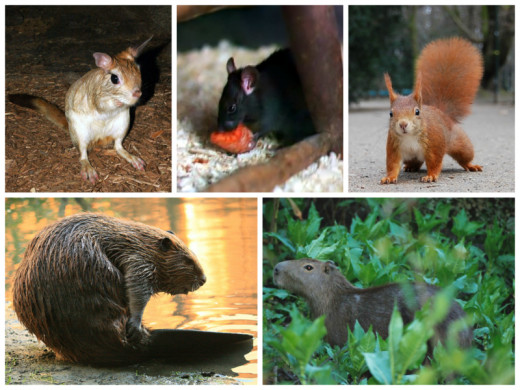
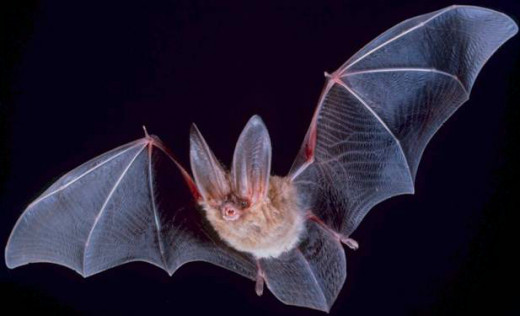
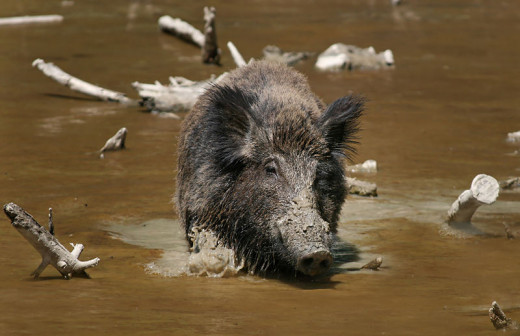
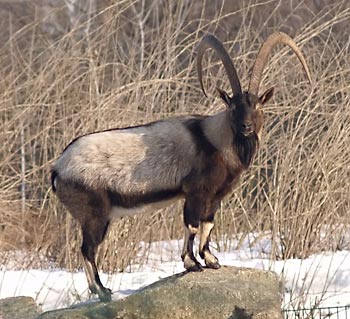
30 Million Years From Now, This...
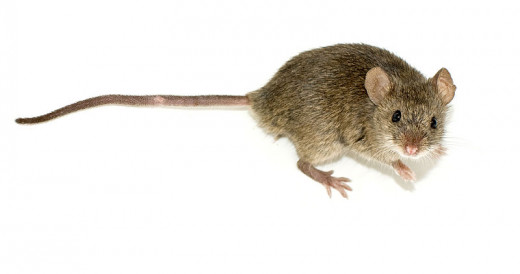
...May Have Evolved Into This!
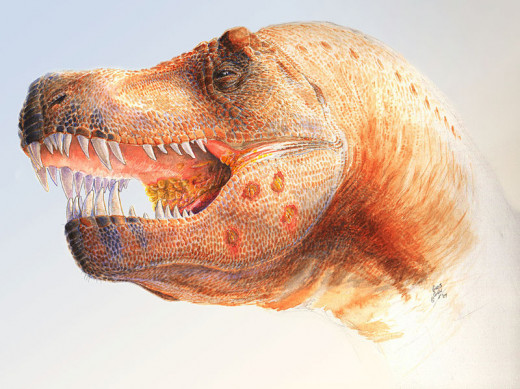
The Great Recovery
It had taken millions of years for the Earth to complete a full recovery from the Age of Man. Now, thirty million years after the 21st century, a band of temperate woodland and grassland marched around the mid-latitude areas of the Earth, stretching from Europe-Africa across Asia to North America. Here, large rabbit type grazers browsed the cool foliage, while hedgehog like creatures and pig descendants worked the undergrowth. In the trees there were birds, squirrels, and many species of bats. This particularly diverse group of mammals had continued to proliferate and diverge, and now there were some nocturnal flyers who had lost their eyes completely, and others who had evolved to compete with the birds for the richer pickings of the diurnal world.
Further north, and conifer forests grew, evergreen trees whose spiky leaves were always ready to take advantage of the sun’s thin ration of light. Browsing animals lived on young twigs and needles in the summer, and on bark, mosses and lichen for the rest of the year. Many of them were the descendants of goats; especially common were a species that evolved a duckbill, similar to the long dead hadrosaur dinosaurs. Their predators were mostly made up of ubiquitous rodents, including ferocious rats and mice, carnivorous squirrels, and huge birds of prey which seemed to be trying to evolve along the same lines as the ancient pterosaurs of the Cretaceous.
On the northern fringes of the continents, a huge belt of tundra had formed. Here the descendants of pigs and goats cropped the thin foliage of summer, and huddled together to endure the worst of the winter. Like the vanished mammoths some of these creatures had grown huge, the better to retain their warmth, until they were vast round boulders of flesh. On the tundra, some of the predatory rodents had grown their incisors into huge stabbing instruments, the better to penetrate those thick layers of fur and fat. They looked something like the sabre-toothed cats of earlier times. There were even populations of migrant bats who had learned to subsist on the vast swarms of insects that formed during the brief tundra spring.
Compared to the last great extinction event that occurred at the end of the Cretaceous Period, there was one key difference. The rodents hadn’t evolved until some ten million years after the comet impact. This time though, when recovery was once more required, the rodents were everywhere.
Rodents were formidable competitors. They were born with incisors ready to gnaw. These teeth were deep-rooted in powerful jaws: even in the age of man, rats had been able to gnaw through concrete. Their teeth enabled them to eat food hard and tough enough to be inaccessible to other mammals. But the rodents’ ability to proliferate and adapt was more fundamental. Rodents lived fast and bred young. Even among the new giant species, females had comparatively short gestation times and comparatively large litters. Many kits of course would die, but every one of those dead babies was raw material for the relentless processes of adaptation and selection.
Given empty spaces to fill, the rodents evolved quickly. In the grand recovery after the human induced mass extinction, the rodents had been the big winners. By now, on land at least, Earth could be described as a kingdom of rodents.
All this of course left precious little room for the descendants of Homo sapiens.
Before moving on, to describe those very descendants, I shall now highlight one particularly ferocious member of the rodent kingdom. A predatory descendant of mice, who had evolved along the same lines as the carnivorous dinosaurs of the Cretaceous; it possessed very small forearms, and a tail that was thickened for balance, its hind legs were awesomely powerful machines of muscle and bone. Its incisors had developed into ferocious slashing weapons, to be deployed by thrusts of the heavy head. This mouse-raptor, if you like, was effectively a land shark, a terrifying throwback to the tyrannosaurs of the Cretaceous. It had ‘rediscovered’ an ancient body design and made it devastatingly effective. And yet this seemingly arrogant creature had retained the small ears and brown fur of the diminutive rodents from which it had derived.
The Fate Of Some Of Our Descendants?
A Possible Role-Reversal?
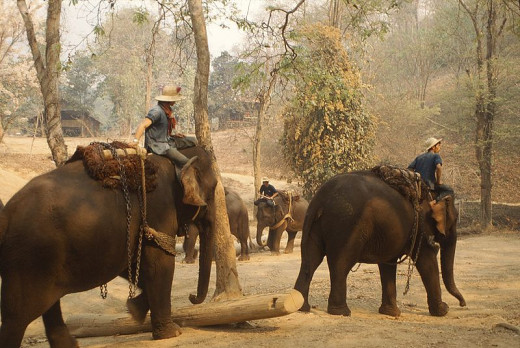
More On The Future Of Human Evolution
- Human Evolution: The Future
An article that I wrote some time ago, which explores the future of human evolution in greater detail.
Man's Last Children
After the fall of civilisation, there had been pockets of survivors left all over the planet. Almost everywhere the competition with the rodents had been too fierce. Only, on the now rifted fragment of Africa, had an accident of geology saved these human descendants, giving them time to find ways to survive the rodents’ ruthless competitive onslaught.
Once upon a time, East Africa had been the cradle that had shaped mankind. Now, 33 million years later, it served as the final refuge for man’s last children.
The beleaguered humans had survived by giving up the strategy that had brought them such success, and disaster- superior intelligence. They had instead retreated, seeking sheltering niches and passive strategies. Some had become small, timid, fast-breeding runners. They were like the vermin that had plagued their distant ancestors. Others meanwhile burrowed into the ground like moles, while others still, had returned to the ancestral trees, but now, the rats were invading even that ancient shelter.
More humans still had tried another approach; becoming so huge that they were protected simply by their immense size. But this had not been entirely successful. One could tell from the design of their gazelle like back legs. Ancient megafauna such as elephants were incapable of running very quickly, but they had not needed to; in their day no predator existed that could have taken on a full grown proboscidean. Facing the awesome power of the mice-raptors, these elephant-humans if you like, had had to retain the power to flee. But even this had not been enough.
The mouse-raptors were social creatures. Their sociability was deep-rooted, reaching back to the colony structures of rodents such as marmots and prairie dogs, which had lived in hierarchical ’towns’ of millions of animals. They scouted and kept watch for and over each other. They hunted cooperatively. They communicated; the adults called to each other continually with cries, squeals and the drummings of those powerful tails that sent long range shuddering through the ground.
For these strange human descendants, the sociability of these raptors made them simply too effective as predators. The elephant-human numbers had steadily dwindled. Of course, this was bad for the raptors too. In time the elephant-humans and mouse-raptors had developed a kind of symbiosis. The mouse-raptors learned to ‘protect’ the herds of slow-witted ‘humans.’ Their presence would deter other predators. By their behaviour and signals they could warn the elephant-humans of other dangers, such as fires. They could even guide them to water and good grazing. All the raptors asked in return was to take their share of meat. It was animal husbandry, thirty million years after humans themselves had domesticated wild animals; fate had ironically reversed the roles.
The Next Mass Killer?
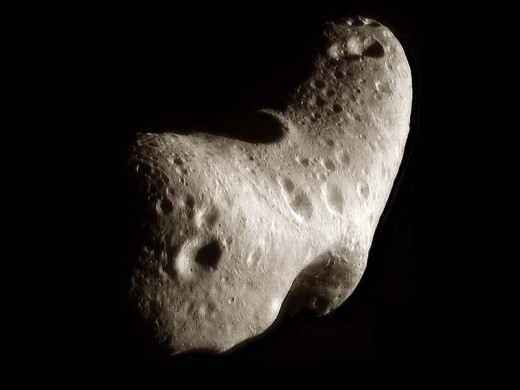
How The Next Mass Extinction May Come About
The Next Mass Extinction
In the Age of Man, the asteroid that was careering through space towards the Earth had been known as Eros. It had its own miniature geography. Its terrain was covered by impact craters, and scattered rubble and debris, and strange pools of very fine, bluish dust, electrically charged by the relentless sunlight. Some three times as long as it was wide, it was like Manhattan Island hurled into space.
Eros was as old as the solar system, indeed it was a relic of the formation of the solar system itself. But unlike the comet that had wiped out the dinosaurs, the asteroid had coalesced well within the clockwork of the inner system, inside the orbit of Jupiter, in fact. In the early days there had been mass destruction as the young asteroids, following their careening orbits, had smashed helplessly into each other. Most were shattered into clouds of dust, or thrown into the giant planet of Jupiter, or into the crowded and dangerous inner system. The survivors, in their depleted swarms, followed orderly orbits around the brightening sun. But even now gravity’s ghostly tug caused the asteroids’ orbits to resonate like plucked strings, and that very tug had set Eros on a collision cause with the Earth.
Almost 100 million years after the last great celestial impact, Eros would slam into the Earth’s s surface at 22,000 miles an hour, with the force of over ten billion atomic bombs. The impact would ultimately wipe out virtually every large organism, including the last representatives of the human story. Man’s children were doomed to extinction.
© 2013 James Kenny



